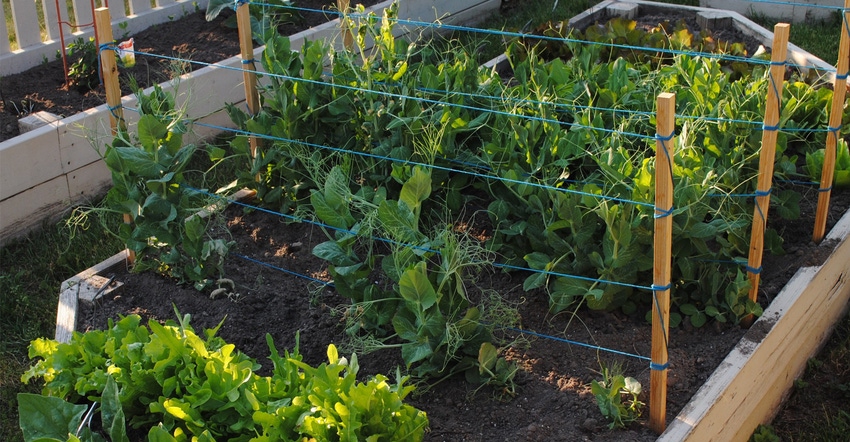June 10, 2022

When growing a vegetable garden, it’s easy to make mistakes. Before you get tough on yourself for making a poor decision, realize all gardeners make mistakes — and learning from our mistakes is the main way we become better gardeners. Following are six common gardening mistakes that you can hopefully avoid:
1. Planting too much. It’s easy to go overboard when it comes to growing vegetables. The idea of harvesting basketsful of delicious vegetables can tempt you to plant crops you don’t really like. If your kids won’t eat Brussels sprouts, don’t plant them. Use the space in your garden to grow veggies everyone will enjoy. There’s no reason to grow everything you find at the garden center if all you really need are some tomatoes, lettuce, onions, broccoli, cucumbers and peppers. And there’s no need to grow 20 tomato plants when three or four will do. Having too many vegetables takes time and energy, and could cause you to cut back on weeding, watering and other chores.
2. Planting too close together. Some vegetables, such as spinach, lettuce and Swiss chard, don’t mind growing close together. However, most vegetables do best when they aren’t planted too close. Tomatoes require good air circulation, so be sure to space them at least 2 feet apart. If planted too closely, your plants are more likely to be stricken with blight or mildew. Other vegetables that need a bit more space include potatoes, peppers, green and yellow beans, cauliflower, broccoli, eggplants, and sweet corn.
3. Watering too much or too little. Consistent watering is essential for good harvests. Most crops do just fine when they receive about an inch of moisture a week. Buy a rain gauge to monitor rainfall. Plants that are deprived of water will show obvious signs of wilting and yellow leaves, and the fruit will be stunted or deformed. Vegetables receiving too much water will be fine as long as your soil drains well, although melons and tomatoes may crack if watering is inconsistent. If excess water puddles in your garden, your crops will suffer and the leaves will turn yellow. The only way to fix this is to improve your soil by working in several inches of organic matter. Mulching will also help keep soil moisture consistent.
4. Not feeding your crops. It’s just as important to feed your vegetables as it is to water them. Besides adding compost or dry manure to your soil before you plant, it’s a good idea to add some compost every time you sow or harvest a new crop. Granular, slow-release fertilizers are also helpful and will feed your plants for up to 90 days. Simply sprinkle the granules around your plants according to label directions, and every time it rains your plants will get a quick meal. On the other hand, be careful you don’t overfeed your plants. Tomatoes, for example, will produce more leaves than fruit if they receive too much nitrogen.
5. Letting weeds grow. Not only do weeds choke your crops and compete with them for moisture and food, but they also can produce thousands of seeds that can lie dormant in the soil for years. That’s why it’s important to eliminate weeds as soon as you see them. To keep weeds at bay, start by spreading mulch over the surface of the soil right after planting. Then, if any weeds start to break through the mulch barrier, pull them or use a hoe to cut the plants off at the roots. Don’t use chemical herbicides in a vegetable garden.
6. Not controlling pests. Keep insect pests at bay by inspecting your crops at least once a week. Take a few minutes and examine upper and lower leaves, and eliminate any pests you see as soon as possible. Once they get a foothold, it doesn’t take long for insect populations to explode and ruin an entire crop. The good news is that most pests can be eliminated by removing the worst offenders by hand. But if you do find yourself fighting an army of pests, use a biological control that’s safe to spray on vegetables.
Comments? Email [email protected].
You May Also Like




